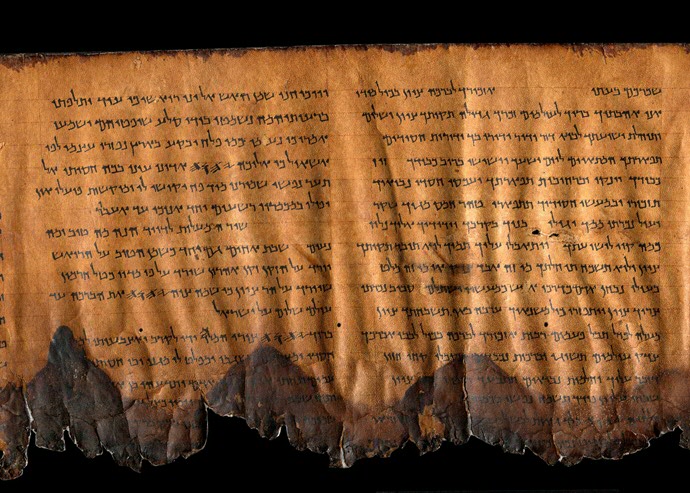Half a million euro NWO/FWO grant for Dead Sea Scrolls research

Analysis of the content of the Dead Sea Scrolls has revealed that the different texts present a religiously diverse picture. The development of early Judaism over time is a possible explanation for this – or could there have been different religious communities, to which the scribes of the manuscripts belonged? NWO-FWO has awarded a EUR 500,000 grant for research to Professor Mladen Popović of the Faculty of Theology and Religious Studies at the University of Groningen and Professor Eibert Tigchelaar of the Faculty of Theology and Religious Studies at KU Leuven.
Generous grant
It has just been announced that Cooperation Flanders, a joint initiative of FWO (the Research Foundation - Flanders ) and NWO (Netherlands Organisation for Scientific Research), has awarded a EUR 500,000 grant for research into this. The research project, entitled Models of Textual Communities and Digital Palaeography of the Dead Sea Scrolls, will be led by Professor Mladen Popović from the Qumran Institute of the Faculty of Theology and Religious Studies at the University of Groningen and Professor Eibert Tigchelaar from the Biblical Studies research unit of the Faculty of Theology and Religious Studies at KU Leuven. The support of NWO/FWO will make it possible for the universities of Groningen and Leuven, with two leading international research centres in the study of the Dead Sea Scrolls, to further intensify their collaboration both now and in the future. Popović and Tigchelaar’s research team will be aided by two PhD students. The research is expected to take four years, and a conference and workshops will also be held.
New research method
It is only recently that all of the Dead Sea Scrolls were published and could thus be surveyed as a whole. A new phase of research has begun in which older hypotheses that relate to part of the material evidence need to be revised or rejected. The new research method of digital paleography (the digital analysis and study of old manuscripts) makes it possible to research the relationship of the individual scribes to possible textual and religious communities that came together in the interpretation and production of these manuscripts. Some of these texts would later be considered sacred and would be incorporated in the Bible.
Public debate
Is the heterogeneity and religious diversity of the texts in the Dead Sea Scrolls ‘simply’ the result of the evolution of early Judaism or is it due to the involvement of different textual communities in the production and interpretation of these texts more than two thousand years ago? Could there have been separate but connected groups or movements that were located in different places? These questions are key to the new research project. Both the content of the Dead Sea Scrolls and the physical objects themselves will be studied and analysed. The research could shed new light on cultural evolution, and in particular on how the Bible, one of the most influential texts in world history, came to be. This is also relevant to today because religious traditions and claims to ‘holy books’ such as the Bible or Qur’an play a role in public debate.
